One of the most effective techniques for anglers who are looking to increase their catch percentage is to use a pinfish lure. This is especially true in saltwater environments and when used correctly, a pinfish lure can mimic the movements and appearance of live bait. Pinfish are a common baitfish that naturally attract predatory species such as tarpon, snook, and redfish, so having a lure on hand that looks and acts the same is very helpful when fishing.
This article offers tips for selecting the right pinfish lure as well as the essential steps for rigging and presenting a pinfish lure in order to maximize fishing success.
Table of Contents
Popularity of pinfish lures
Global market value of fishing lures
What are the key characteristics of a pinfish lure?
How to hook and present a pinfish lure
Conclusion
Popularity of pinfish lures
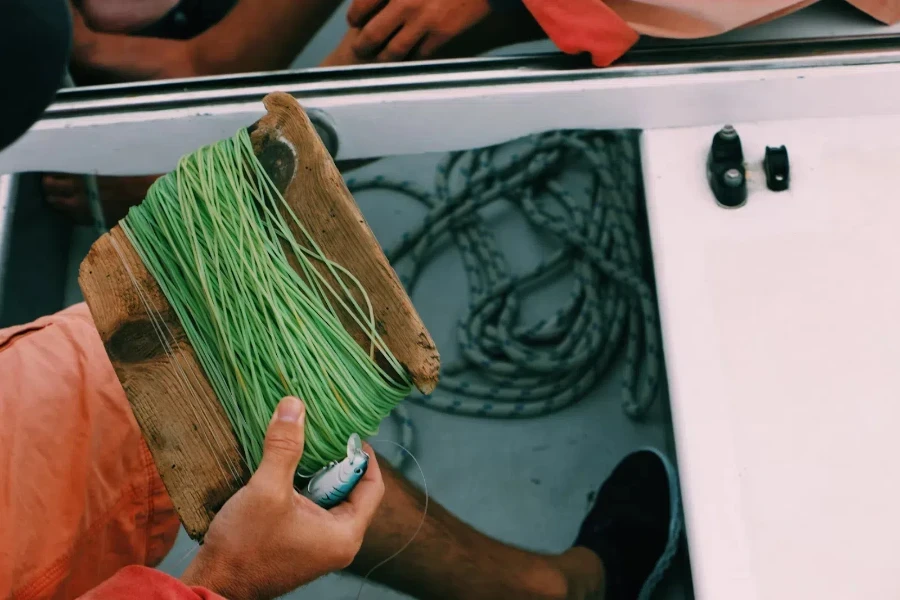
Pinfish lures are popular among saltwater anglers in areas such as the Gulf of Mexico or the southeastern United States where pinfish are a common prey species. They’re an effective tool for attracting inshore game fish due to their natural behavior. Since their use is more specialized, they’re not as widely used as other types of lures such as topwater or soft plastic lures, however they’re very effective at mimicking the real thing.
According to Google Ads, “pinfish lure” receives 30% of the total annual searches between June and August, when fishing is at its peak. A further 24% of searches come in the months of February, March, and November. The remaining months have an even search volume at around 6% per month. This shows that pinfish lures are popular during the summer months when the saltwater conditions are more favorable for fishing.
Global market value of fishing lures
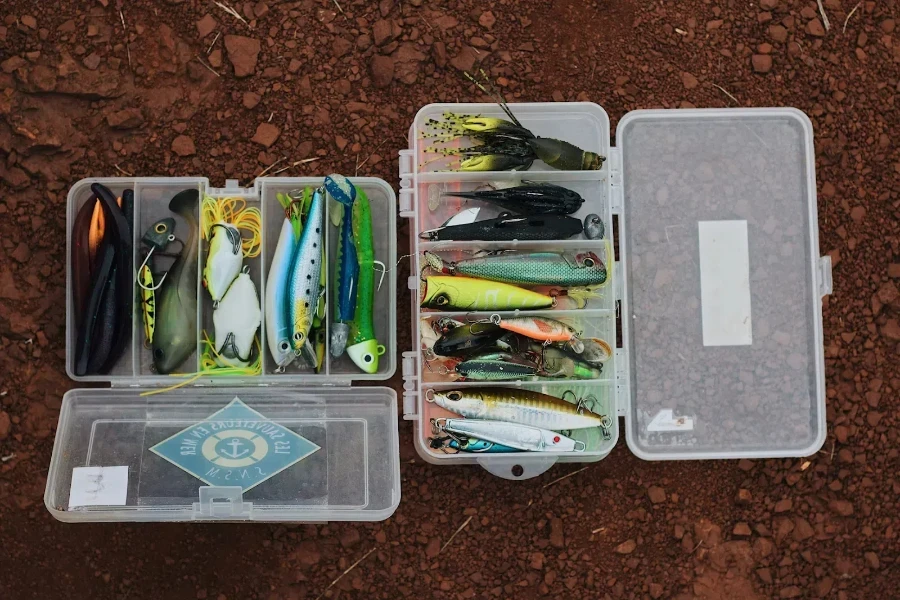
There are numerous new types of fishing lures available in today’s market that can greatly enhance the success of a fishing trip. All of these artificial fishing baits are designed to attract the attention of the fish by using movements, vibrations, and color. Some consumers prefer lures that have more than one hook attached to them or ones that have modern technology implemented into their design.
Not all fishing lures are designed to be used in every body of water though, so consumers will do a lot of research before committing to them. Many people will have a variety of lures at their disposal if they’re spending hours on a boat or relaxing on a dock waiting for their target.
By 2023, the global fishing lures market reached USD 2876.4 million. Between 2024 and 2030 that number is expected to grow by a compound annual growth rate (CAGR) of at least 5.3%. This will bring the total market value up to approximately USD 4146.7 million by the end of the period.
What are the key characteristics of a pinfish lure?
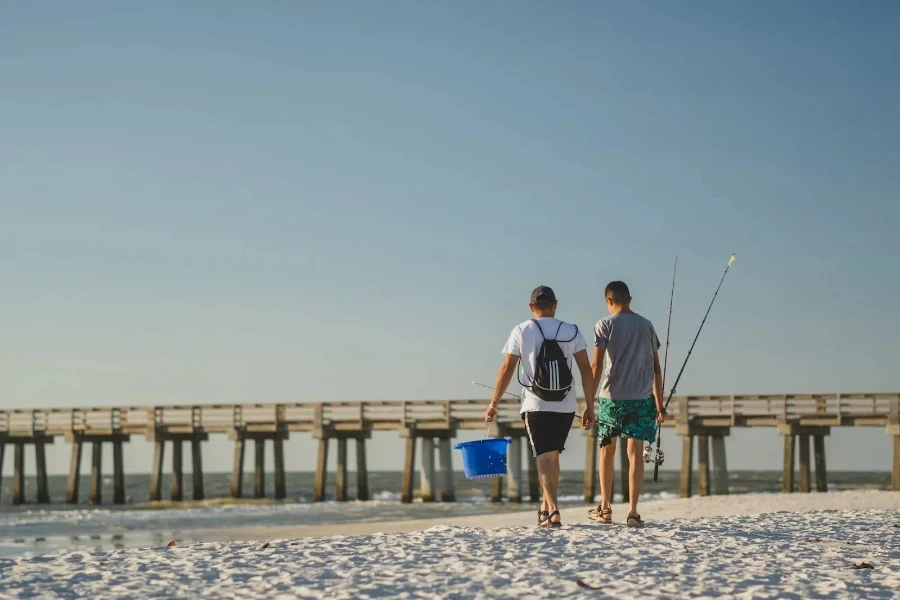
A pinfish lure is specifically designed to mimic the behavior and appearance of a live pinfish. This makes it a more effective tool for attracting predatory fish in the open waters. There are several key characteristics that pinfish lures need to have in order to be effective:
- Size – Pinfish lures are available in different sizes but they typically range between 2 and 4 inches in length. This is the natural size of the pinfish that are targeted in the water and what consumers will find in a bait shop.
- Material – There are two types of materials that are available when choosing a pinfish lure. Soft plastic lures offer a more realistic appearance and have more flexible movement in the water. Hard plastic pinfish lures are made from a more durable plastic material which provides a solid and longer lasting lure where the intricate details won’t fade too much over time.
- Movement – The swimming action of a pinfish lure is very important. The design of the lure should mimic the natural swimming action of a live pinfish, and this can be done by adding features such as soft tails or jointed bodies. Another option is to have a lure that’s jigged which will create a darting motion that imitates a fish in distress, therefore attracting strikes from predatory fish.
- Appearance – Pinfish lures have a lifelike appearance that imitates the body profile of a live pinfish, which is slightly flattened and oval. The artificial fish hide features natural colors such as olive, blue hues, and silver and they sometimes have reflective elements on them to enhance visibility while in the water.
- Scent and sound – Certain pinfish lures are designed with built-in rattles that can mimic the noise that live bait would make. Consumers may also like a swimbait that’s infused with scent to enhance their attractiveness. Both of these options are useful in water conditions where visibility is low.
- Rigging – To maximize hook-up rates, pinfish lures will either have single or treble hooks. In order to control the depth and presentation, some lures may also come pre-weighted whereas others will require additional weight to be added manually.
How to hook and present a pinfish lure
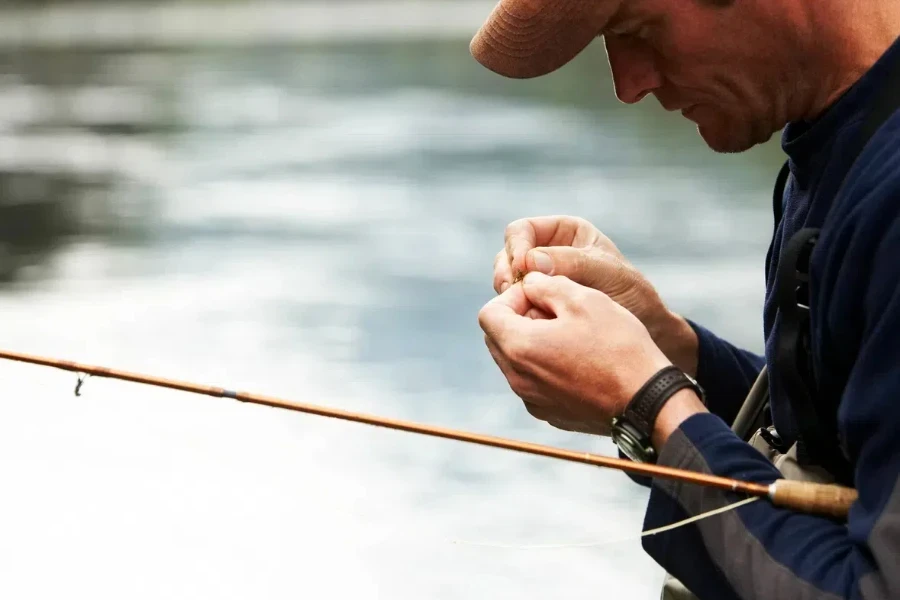
In order to make the pinfish lure look natural and attractive to predatory fish, hooking and presenting a pinfish lure correctly is essential.
Choosing the hook
A single hook is easier to set and causes less damage to the fish whereas a treble hook can increase the chances of securing a hook-up. Choosing the right hook depends on the size of the lure as well as the species that’s being targeted. The hook size needs to match the size of the lure to avoid hindrance to the lure’s movement. It’s also important to have a heavy-duty hook that doesn’t affect the structure of the lure.
Hooking the lure
Nose hooking involves inserting the hook through the nose of the lure which creases a natural presentation. Back hooking involves hooking the lure through the back, near the dorsal fin, which can give it a more stable and upright appearance in the water. A third option is belly hooking which involves hooking the lure through the belly to give it more erratic movements. This is especially popular for jigging as it mimics a distressed baitfish.

Presentation
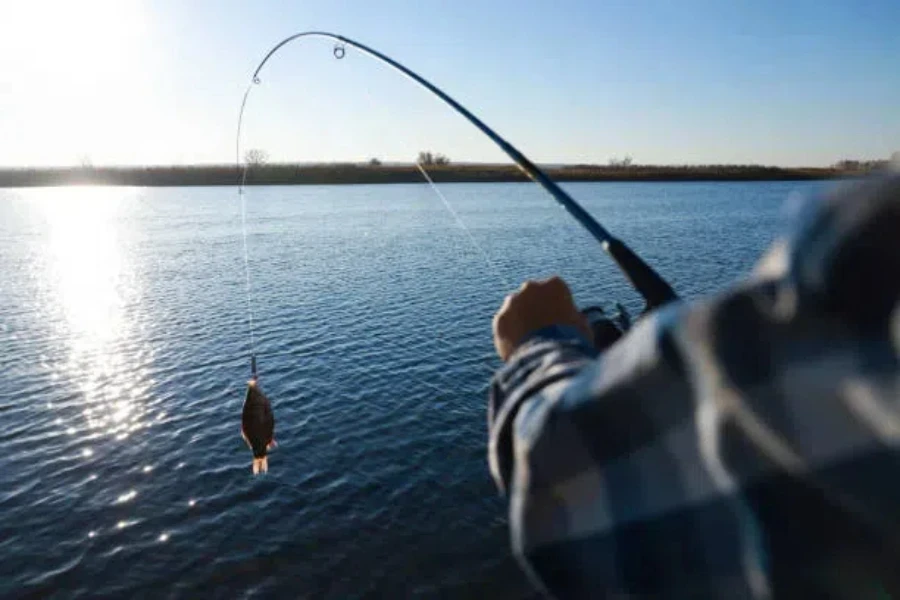
There are a few different ways to create a natural position with a pinfish lure. Twitch and pause uses short and quick twitches with pauses in between to make the lure look like it’s struggling. A slow and steady retrieve mimics the swimming motion of a live pinfish and is very effective in clear waters. The third option is jigging which can be used in deeper waters. This is done by lifting and dropping the tip of the rod to make the lure dart upwards and down again.
Fishing conditions
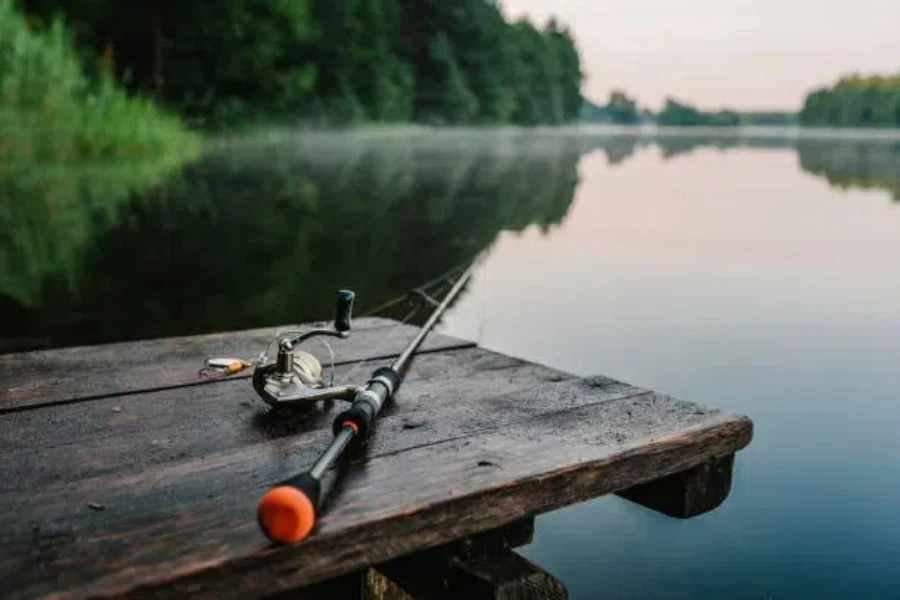
The best way to use a pinfish lure will depend on the chosen spot and the conditions. If there’s a current or a tide then a heavier jig head or weight should be used to keep the lure in the correct strike zone. If the water is still then a lighter setup will allow for a more subtle presentation. In clear water conditions a natural appearance is preferred but in murky and deeper water it’s better to opt for brighter colors and aggressive actions to help increase visibility.
Conclusion
There are a lot of fishing lure trends to follow for small and big fish, and this includes pinfish lures. Although they may not be a top type of fishing lure, pinfish lures are very successful among saltwater anglers who require specific products. Fishing has always been a popular recreational activity, but the market is seeing a substantial increase in demand for all types of fishing gear. This means that sales of pinfish lures are also expected to rise in the coming years.





 Afrikaans
Afrikaans አማርኛ
አማርኛ العربية
العربية বাংলা
বাংলা Nederlands
Nederlands English
English Français
Français Deutsch
Deutsch हिन्दी
हिन्दी Bahasa Indonesia
Bahasa Indonesia Italiano
Italiano 日本語
日本語 한국어
한국어 Bahasa Melayu
Bahasa Melayu മലയാളം
മലയാളം پښتو
پښتو فارسی
فارسی Polski
Polski Português
Português Русский
Русский Español
Español Kiswahili
Kiswahili ไทย
ไทย Türkçe
Türkçe اردو
اردو Tiếng Việt
Tiếng Việt isiXhosa
isiXhosa Zulu
Zulu